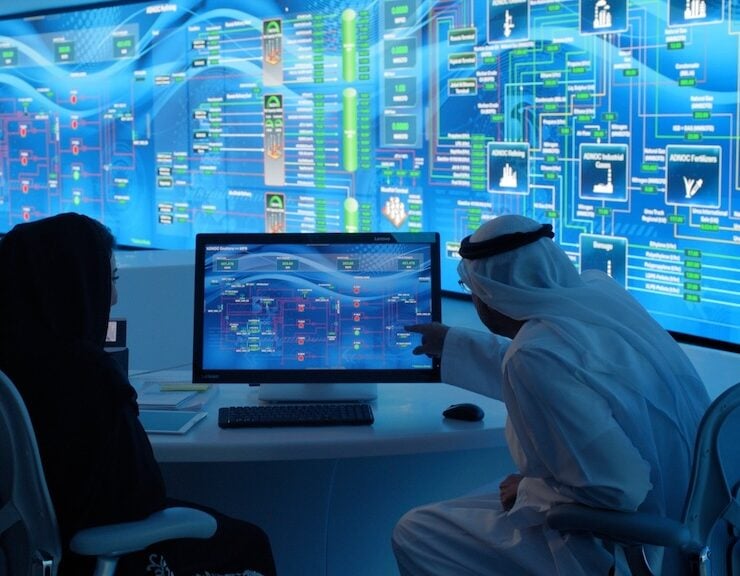Here are the opportunities and challenges in building immersive products for the metaverse
The metaverse is in the early stages and will begin to mature by the end of the decade putting pressure on product vendors to innovate and co-exist side by side

By the end of this decade, the metaverse would have matured, supported by technologies and platforms that are still on the drawing board today. Unlike the Internet, which is a global network of data transfers, the metaverse will be a digital network of virtual real-life experiences. Similar to the Internet, there will finally be only one metaverse as there is only one global Internet.
According to Gartner, when completed at the end of the decade, no single company will own, control, or develop all the technology to build its own metaverse or the metaverse as a whole. Gartner expects 25 per cent of people to spend at least one hour a day inside the metaverse by 2026.
Today, the metaverse is an immersive virtual world made possible by the early use of virtual reality and augmented reality headsets and devices. It functions as a network of 3D virtual worlds brought together by some form of social connections.
Dependence on augmented and virtual reality and immersive experiences are key aspects of the metaverse. This requires a high level of graphics capability and portability of the headsets. Innovation is underway in this area, namely around lightweight wireless headsets, with retina display pixel density, at affordable costs.
The metaverse will not mature before 2030 according to Gartner. However, its impact, similar to the Internet is highly disruptive in the way humans and businesses interact that nobody should wait till 2030 before transforming themselves or their business.
There are at least three areas to consider and evaluate:
01. The first is how entities inside the metaverse would engage with one another or how they would interact.
02. The second is how dynamic content will be displayed in real life inside the metaverse, at a certain point of time, at a certain location, and to a defined set of people.
03. The third is the type of scalable infrastructure required to support a mature metaverse, and this type of technology platform does not fully exist today.
It is for this reason that future service providers and technology product developers who plan to be significant players by the time metaverse is mature, have no option but to plan, build, and scale, in parallel and without delay.
Similar to the arrival of PCs and the Internet in the last two decades, technology and service providers will build on available and emerging technologies. As the technologies move from startup and early growth to mature growth and decline, so will their products. New businesses will arrive built on the next wave of emerging technologies, and the cycle will repeat itself.
This has always happened for every innovative and disruptive technology cycle in modern civilisation, and there is no reason to believe that this will not happen with the metaverse as well.
Technology vendors building new products for the metaverse need to monitor opportunities for innovation and disruption along the following lines:
Also identify and support leading use cases such as:
Since this virtual world is in the early stages of development, technology vendors need to be aware of the risks while investing in innovation and product development to support emerging business models in the metaverse.
Simran Bagga – vice president, Omnix Engineering and Foundation Technologies
Read: Omnix launches center of excellence to support businesses in their digital journeys




